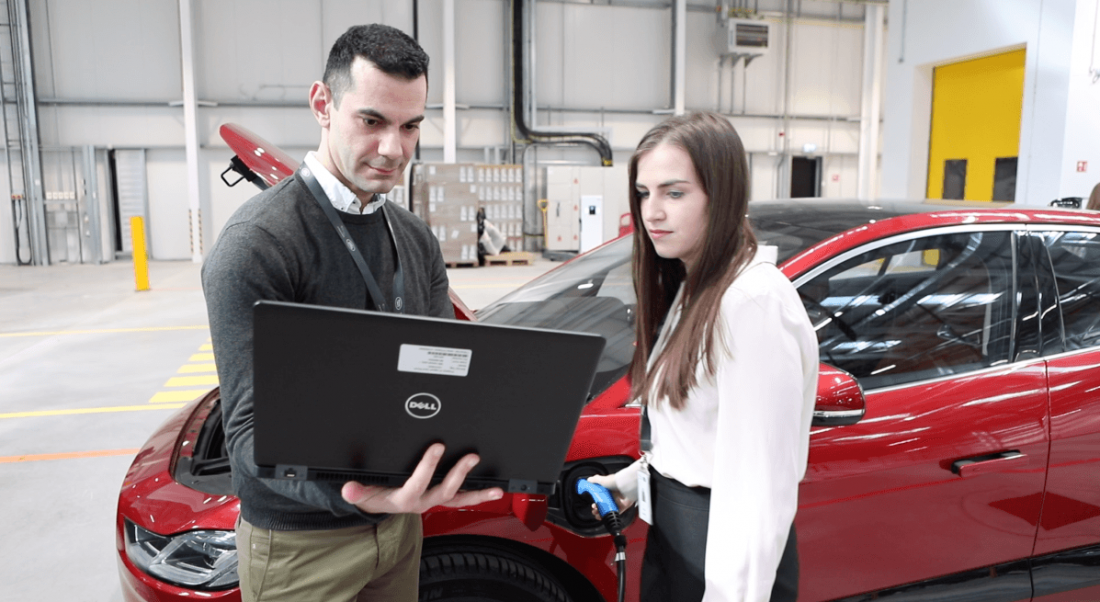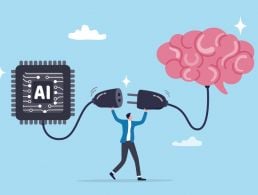Reinventing the wheel (or wheels, as it were) is no easy feat.
The invention of the car revolutionised travel and, by extension, completely upended the existing structures of society. It ushered in a wave of change, one of many seminal transformations that occurred during the industrial revolution.
Now, however, there is another revolution imminent, brought on both by innovation and exigent circumstance in equal measure.
Artificial intelligence (AI) has been termed by many as the most significant technological milestone since electricity was adopted. It is already permeating much of society and its presence will only grow more significant with time.
Alongside this, you have the looming threat of global heating. The ongoing climate crisis has made it all the more vital that the world begins relying on more sustainable forms of energy.
Jaguar Land Rover (JLR) has given itself the rather Herculean task of incorporating AI into the production of its new automobiles, set to be the next generation of transportation that will be powered by electricity and steered by this cutting-edge technology.
It’s not easy. It’s essentially like reinventing the wheel – or wheels, more like.
“As we transition to a data-driven company, we’re looking across the business to see where we can apply data and machine-learning techniques to solve some of the more complex engineering challenges,” explained Paul Heraty, senior manager for the AI team at JLR, speaking to Siliconrepublic.com at the company’s base in Shannon.
The ever-evolving challenges this kind of technology brings up mean that, in turn, his days are genuinely diverse. He could be grappling with engine calibration one moment and the application of reinforcement learning for vehicle motion control the next.
“To be a software engineer here, you really have to understand what the challenges, and what we’re trying to solve in JLR, are. Our key areas that we’re looking to solve are things like autonomous driving electrification and connectivity.”
In Shannon, JLR is hiring for roles in areas such as ADAS (advanced driver assistance systems), functional safety, cybersecurity, electrical vehicle architecture and embedded software engineering. Heraty added: “In general, what we need are people with strong C and C++ skills. Exposure to embedded operating systems like Linux and QNX are very beneficial.” He added that experience working in production software environments and tooling is a plus.
To hear the full interview with Heraty, check out the video above.




